(905) 313-0530 Fax: (905) 313-0402 E-mail: montessori1907@gmail.com
Life Cycle of a Spider
A female spider can lay up to 3,000 eggs. Many species then protect the eggs in a silk sac, which is then attached to the web so the mother can protect them. Once the eggs hatch, spider lings emerge, resembling smaller versions of adults. They eventually leave the web to grow into adult spiders and repeat the process.
Scientific Name: Order Araneae. There are over 45,000 species of spider in the order Araneae. Though they have a reputation for being dangerous, only few species of spiders pose a threat with their venomous bite. While they are commonly regarded as pests, spiders actually aid in controlling other common pests – they eat flies, centipedes, cockroaches, fleas and other undesirable bugs.
Characteristics: This educational figure set helps children learn about the spider’s life cycle, from egg to egg sac to spider lings to adult spider. Highly detailed and scientifically accurate, this set makes a great teaching tool for learning about arachnids.
- Non-toxic and BPA free.
- Age: 3+
- Size in cm: 22.73 L x 19.56 W x 2.54 H
- Size in inches: 8.95 L x 7.7 W x 1.0 H

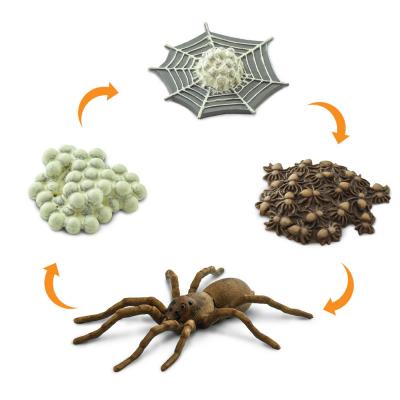
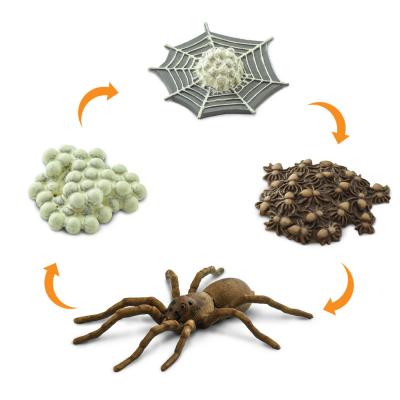

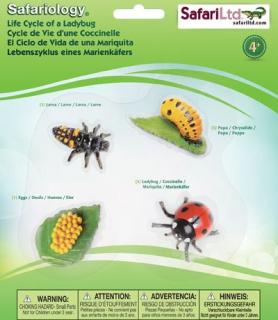
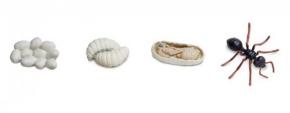

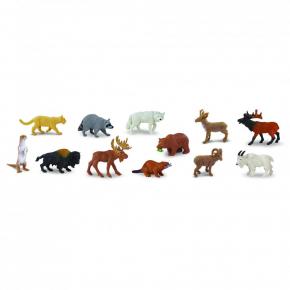
Reviews for Life Cycle of a Spider